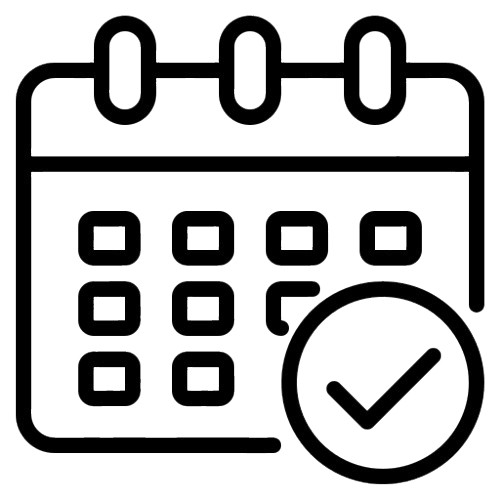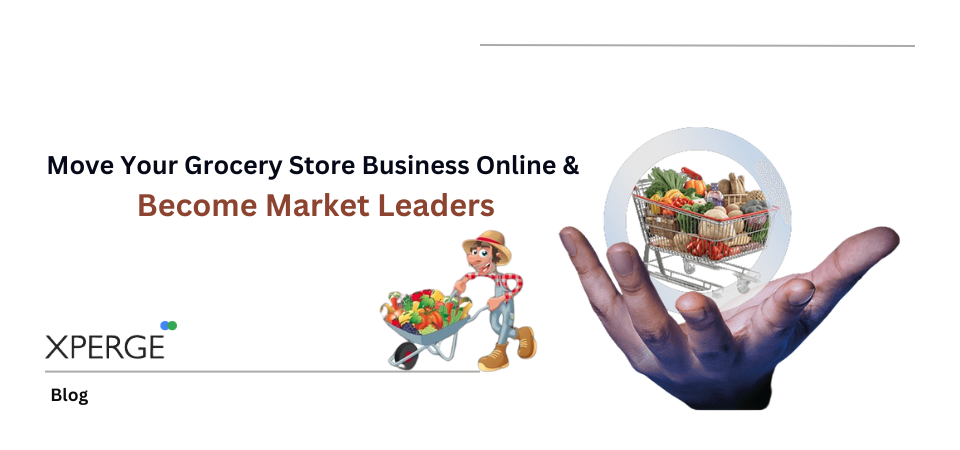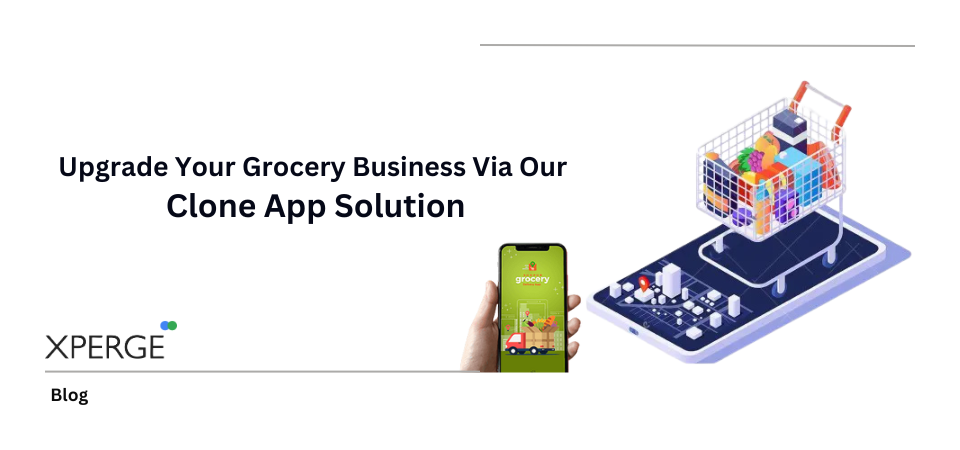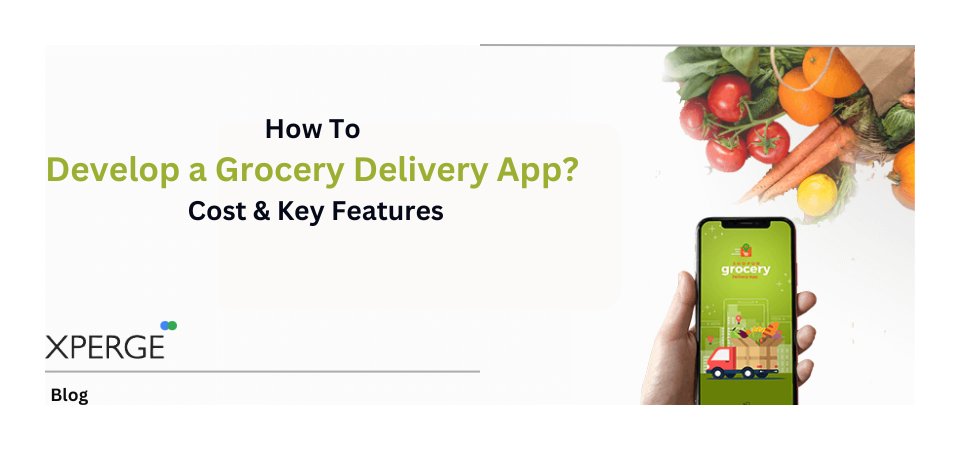Introduction
The food industry is evolving, and having a dedicated restaurant app can significantly improve customer experience and boost sales. From online ordering to loyalty rewards, a well-built app can revolutionize your business operations.
Top 5 Key Takeaways
- Restaurant Apps Are Essential – They improve customer experience, boost sales, and streamline operations.
- Choosing the Right App Model – Decide between order & delivery, reservations, or loyalty rewards.
- Must-Have Features – Online ordering, reservations, payments, and push notifications are crucial.
- Effective Marketing Matters – Use social media, influencers, and SEO for app promotion.
- Ongoing Updates Keep It Relevant – Regular improvements, AI integration, and new features ensure long-term success.
Why Invest in a Restaurant App?
With food delivery and takeout at an all-time high, restaurant apps are more than a luxury—they’re a necessity. A restaurant app not only streamlines operations but also increases customer engagement, enhances brand loyalty, and boosts revenue.
Understanding the Restaurant App Model
Before you build your restaurant app, you need to understand the different models available:
- Order & Delivery Apps: Platforms like Uber Eats or Doordash.
- Table Reservation Apps: Allow customers to book tables in advance.
- Loyalty & Rewards Apps: Focus on customer retention with discounts and rewards.
Planning Your Restaurant App
Define what your app aims to achieve. Are you looking to improve online ordering, streamline reservations, or build customer loyalty? Understanding your business goals will shape your app development strategy.
Essential Features of a Restaurant App
Your app must include:
- Online Ordering & Delivery: Users should easily place orders and track deliveries.
- Table Reservations: Allow customers to book tables in advance.
- Loyalty Programs: Reward frequent customers with discounts and offers.
- Push Notifications: Keep users engaged with offers and updates.
- User-Friendly Interface: Ensure an easy and enjoyable experience.
Designing an Engaging User Interface (UI/UX)
An attractive and intuitive UI is crucial for user engagement. Choose the right color schemes, typography, and layout to reflect your brand identity and provide a seamless experience.
Developing the App: Step-by-Step Guide
- Choose the Right Platform: Decide whether to build for iOS, Android, or both.
- Hire Developers or Use an App Builder: Work with professional developers or use platforms like Appy Pie.
- Backend Development & Database Setup: Store customer data securely and ensure fast app performance.
Integrating Payment Gateways
A secure and seamless checkout process is crucial. Include options like:
- Credit/Debit Cards
- Digital Wallets (Apple Pay, Google Pay)
- Cash on Delivery (COD)
Testing and Quality Assurance
Before launching, test your app extensively to ensure it runs smoothly without bugs or crashes. Perform both automated and manual testing.
Launching Your Restaurant App
Prepare a strong marketing strategy before launching:
- Submit to Google Play and Apple App Store.
- Create buzz on social media and via email marketing.
- Offer special launch discounts to encourage downloads.

Promoting Your Restaurant App
Use a combination of digital marketing techniques:
- Social Media: Share updates, run ads, and engage with customers.
- Influencer Marketing: Collaborate with food bloggers and social media influencers.
- SEO Optimization: Optimize your app store listing for better visibility.
Gathering Customer Feedback and Analytics
Use customer reviews and analytics tools to measure app performance. Feedback helps in improving user experience and making necessary updates.
Regular Updates and Maintenance
Regularly update your app to fix bugs, add new features, and improve security. Keep up with the latest technology trends to stay competitive.
Scaling Your Restaurant App
Once your app gains traction, consider expanding services:
- Integrate AI-driven chatbots for customer support.
- Offer personalized recommendations based on user preferences.
- Expand delivery areas or partner with third-party logistics.
Conclusion
Building a restaurant app requires careful planning and execution, but the rewards are worth it. A well-developed app can increase sales, enhance customer experience, and strengthen your brand’s online presence. Start developing your restaurant app today and stay ahead in the competitive food industry.








